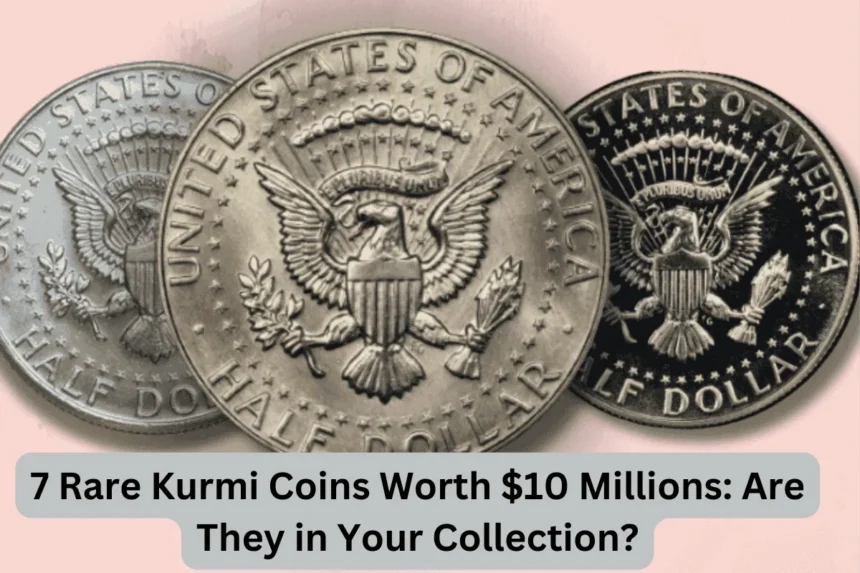In the realm of numismatics, the discovery of rare coins is akin to uncovering hidden treasures. Among the plethora of ancient coins circulating the market, Kurmi coins stand out as a testament to a rich historical past. With their scarcity and historical significance, these coins have become highly sought-after by collectors and enthusiasts worldwide. In recent years, the spotlight has fallen on seven exceptionally rare Kurmi coins, valued at an astonishing $10 million collectively. Could these elusive pieces be lurking in your collection?
The Kurmis, an ancient Indian agricultural caste, ruled over various regions during different periods of history. Their coins, minted primarily during the 3rd to 6th centuries CE, bear witness to their prominence and influence. These coins, crafted from various metals such as gold, silver, and copper, feature intricate designs and inscriptions that provide valuable insights into the socio-political landscape of ancient India.
Among the most coveted Kurmi Million coins are the seven specimens that have garnered attention for their rarity and historical significance. Let’s delve into the details of these remarkable pieces:

